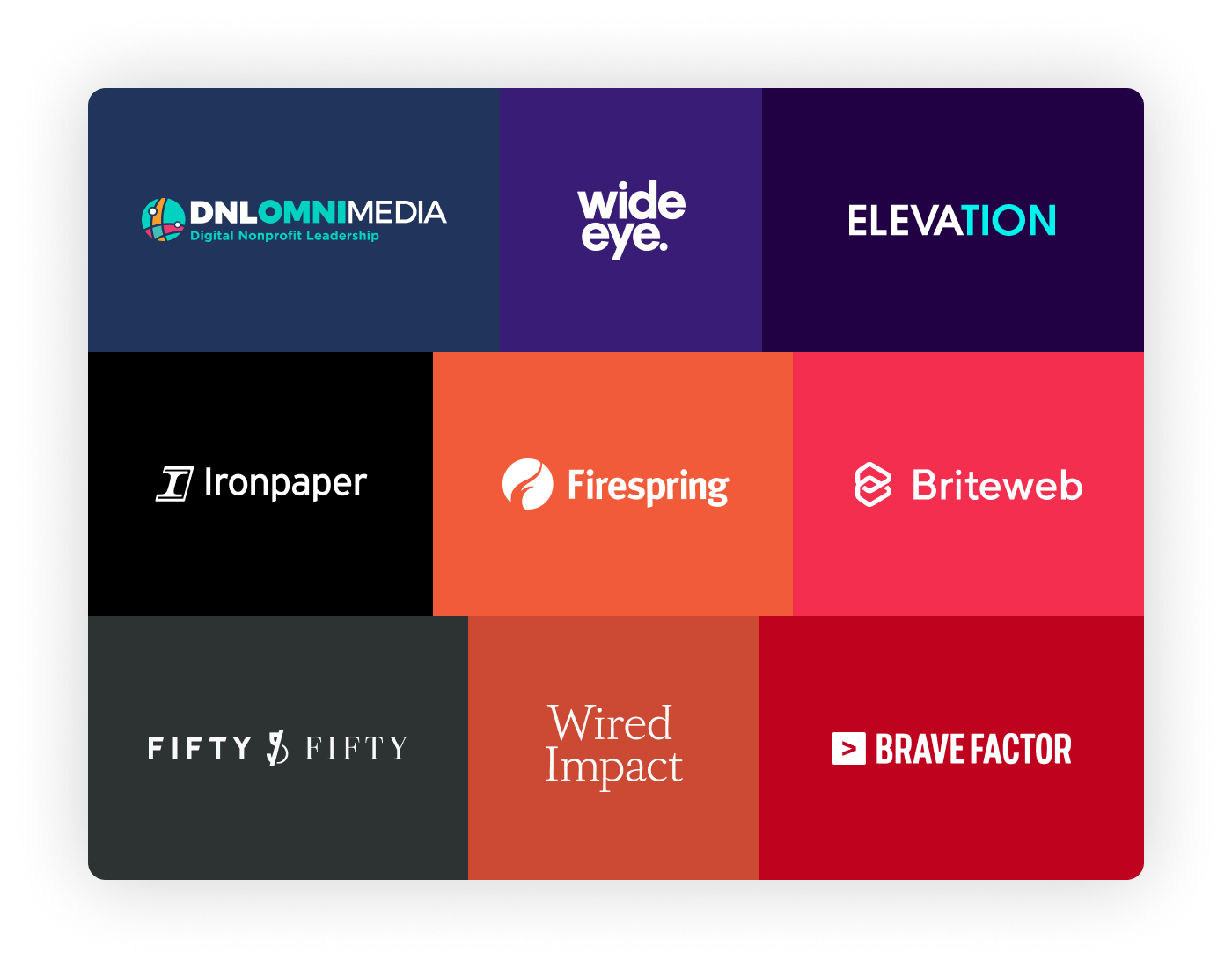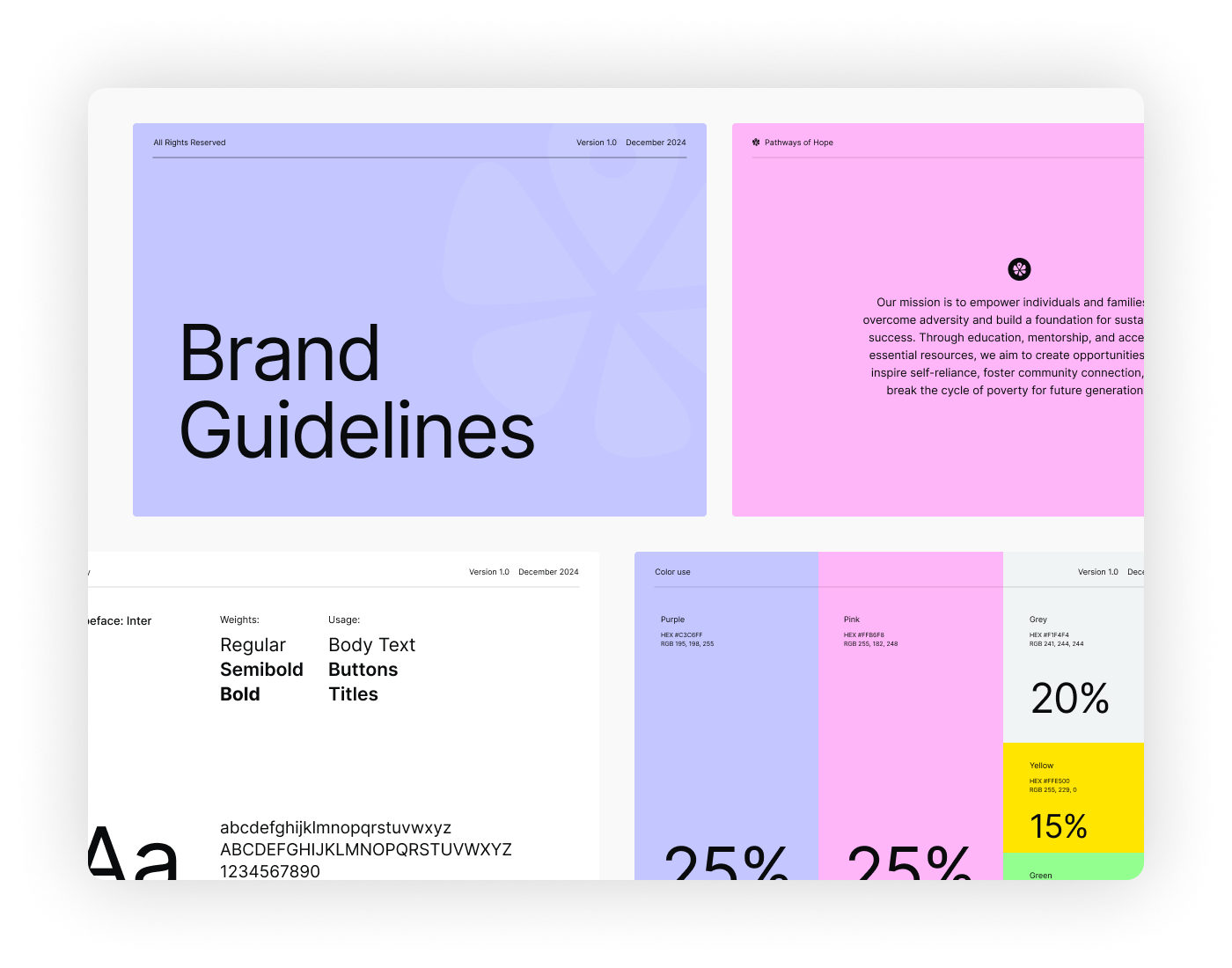Here at Elevation, we often get questions from clients looking to develop a successful online presence and seeking community outreach ideas for nonprofits. Understandably, the world of social media, technology, and hashtags can be a little overwhelming, especially to the uninitiated, or if your nonprofit doesn’t have a specialist dedicated to this work. Your nonprofit’s work is likely focused on an entirely different sphere—education, health care, clean water, or affordable housing, for example—so you shouldn’t be expected to also be a community management expert.
This post shares answers to some of the most common questions about nonprofit community management. We’ve tried to break down the terminology and give you some quick and easy tips to apply to your nonprofit outreach strategies.
What does nonprofit community engagement really mean?
Community engagement means cultivating and tending to the myriad relationships your nonprofit forms with individuals, other organizations, and businesses. In the same ways you maintain contact with your own personal community—through phone calls, chats, emails, photos, social media posts—you too must maintain the relationships your nonprofit has with its community. Sometimes, people need to hear from you to remember the important work you do. They need to see your work in action to be inspired to attend one of your events or sign up to volunteer. And by staying in touch and making it easy for members of your community to donate because they see your campaigns, you can grow your donor base and increase funds raised.
If the technology and different platforms involved in “community management” seem daunting, just remember: at the end of the day, it’s still all about connecting with real, live people. It’s just the means to do so that have changed, and multiplied!
How can I develop a community outreach plan for my nonprofit?
Your outreach strategy can be as large or as small as you make it, and it doesn’t have to begin with anything fancy or high tech. Here are some basic points to get you started on developing a plan:
-
Set your goals. You know you need an online presence, maybe because everyone has told you that you do, but do you know what you are trying to achieve through your community engagement? This is worth thinking through before moving forward. For example, are you focused on raising funds, increasing community awareness, or recruiting volunteers? This should be defined in your nonprofit marketing plan.
-
Develop and schedule content. Organize an editorial calendar (you can use an editorial calendar service or content scheduling tool) to plan when you share content with your community and the different ways you’ll do so. You can still have a fluid online presence in which you respond quickly to new posts and messages, but if you plan to publish a blog post each Monday, send out an email blast each Friday, and post to Instagram once every morning, for example, your outreach will be both more strategic and easier to manage.
-
Start small. Don’t bite off more than you can manage, especially if you’re just starting and don’t have a big budget or staff. Perhaps this means just starting a presence on Instagram this month. You can grow to Facebook next month, and connect the two accounts. Then add Twitter. There is a natural learning curve inherent to all things, these platforms included. Give yourself some time for learning and space for reflection before taking the next steps.
-
More is not necessarily better. While your goal is to increase your contact and engagement with your community, be thoughtful and strategic about what you send out. One smart and catchy post is worth far more than ten hasty, mediocre ones. Regarding emails, how often you should send to your community really does depend on your context, and it is worth thinking about how relevant and valuable the content is to the receivers, what your click-through rates are, and what your goals are.
-
Don’t forget about offline events. When it is safe to do so, there is still nothing more powerful than real, face to face, human connection! An online community is essential for extending your reach, but offline, live events help motivate people in a local community and cultivate new connections. Here are some great ideas for local fundraising events for a future when physical distancing is lifted.
-
Measure your impact with analytics. Making sure that the content you share with your online community is relevant and interesting is important. Knowing what content your community is more likely to interact with will help to inform the way you move forward with your online engagement. Social media networks offer native analytic tools, but are also integrated with most CRMs and Google Analytics to help you gauge how a certain post was received and what forms of content (photos, videos, narratives, infographics) are most successful.
What are some effective outreach strategies for nonprofits?
There is no single formula for successful community management. There are, however, some basic principles you can follow that will help as you develop and hone your own outreach plan.
-
Be responsive. It is in your nonprofit’s best interest to respond quickly to inquiries and messages, and it is also what both current and potential members of your community expect. 83% of Facebook users and 71% of Twitter users expect a response to their messages the same day. Don’t miss out on a new donation, partnership, or volunteer because you took too long to reply.
-
Use hashtags. Including hashtags with your posts will allow them to be found in a native search and increase your nonprofit’s reach (think about hashtags like #volunteer, #DoGood, #activism, #change). You can also create your own hashtags for a campaign or event (like the John Wayne Cancer Foundation’s #ShowYourGrit campaign or the World Wide Fund for Nature’s #EarthHour hashtag) and encourage others to use them in their posts as well, thus multiplying your reach within and beyond your community. We’ve written about some effective and creative ways nonprofits are using hashtags.
-
Share stories from people on the ground. Storytelling is a powerful and effective way to connect your community with your nonprofit’s work. Tell the stories of those directly served by your nonprofit’s work or of volunteers dedicated to your cause. Check out some of our top tips and examples of stellar nonprofit storytelling.
-
Make posts interactive. Posts that ask questions or request submissions and nominations increase engagement, and research shows they are effective: interactive content consistently averages a 50% click-through rate and an over 80% form-submission rate. Try a poll or a survey to encourage participation from your community.
-
Don’t neglect your email lists. Email remains more effective than social media at soliciting a response, but only when they are targeted and personalized. If you’re not sure how to optimize placement of email opt-ins on your website, or how to use social media to grow your contacts, we’ve created at guide with more than 10 strategies for how to build your nonprofit email list. Also have questions about which tools can help you to segment your email lists and create appealing emails for each send? Check out our email marketing comparison sheet.
What is a community management platform and do we need one?
Community management platforms offer the ability to manage internal and external members in various community groups, across mediums such as social media, email, and events. Increasingly CRMs (customer or constituent relationship manager) are becoming community management platforms in their own right.
Minimally your organization should be using a CRM. Perhaps you’ve started small and have been tracking this information with your own logs and Excel sheets, but a CRM will ultimately do it much better and more efficiently, and basic models are available for free to nonprofits. We’ve written about the best CRMs for nonprofits and developed a CRM guide that compares options. There are many services out there, with different features and functionality that depend on your nonprofit’s needs and budget. It is worth your time to do some research and invest in the one that is right for your organization.



